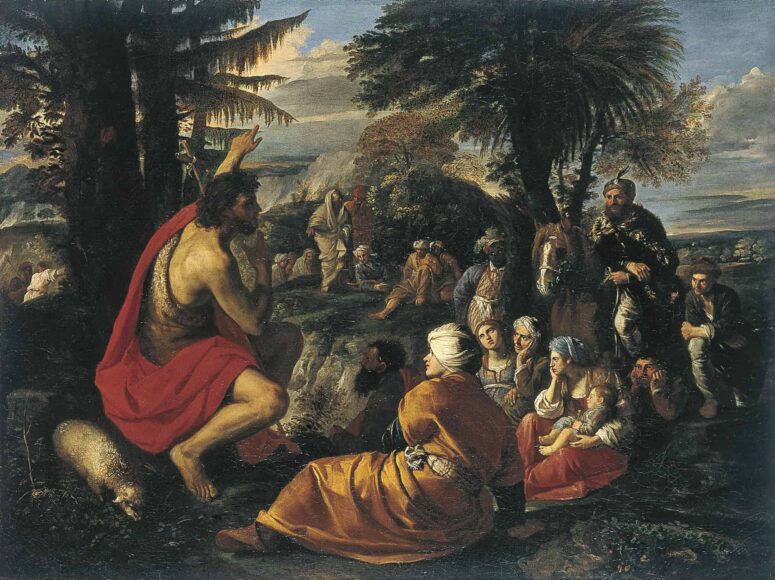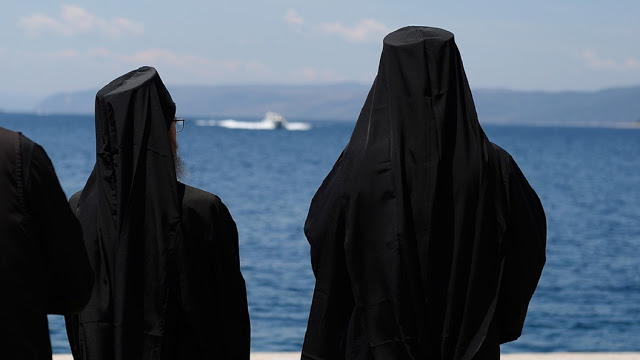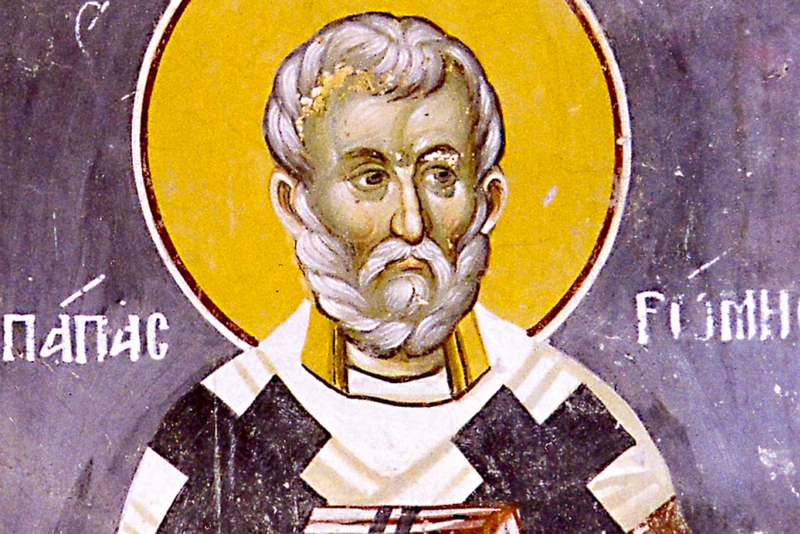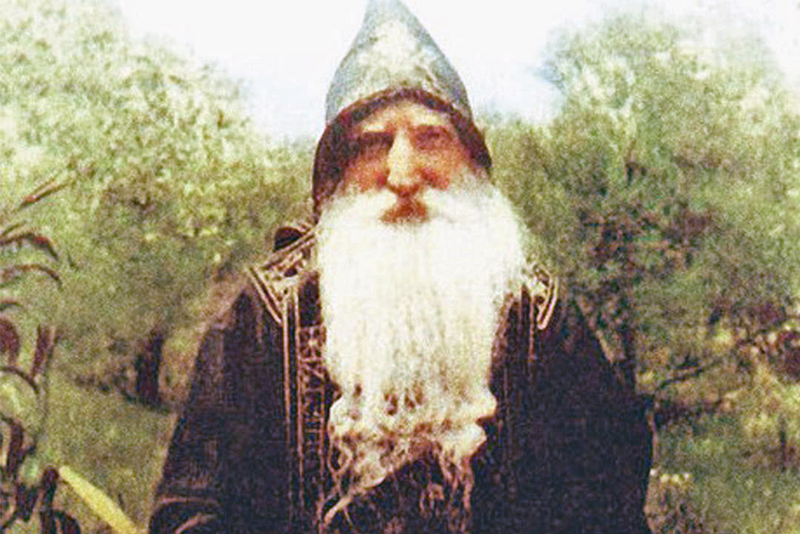
The similarities between what we know about John the Baptist and the activities of the Qumran community beg the question: Was there not a connection? Let us consider the two main similarities.
In the Judean Wilderness
According to Luke, John lived in the desert (see Luke 1:80;3:2). Since he baptised people in the Jordan River, it is natural to assume that Luke refers to the Judean desert surrounding the Dead Sea, into which the Jordan flows.
This means that he lived in the same desert as the Qumranites approximately at the same time. Since the Qumran community was one of the few places where one could live in the desert at that time, it is assumed that John must have been familiar with it, and perhaps even a member.
It is certainly possible to assume that John knew of the existence of the Qumranites. However, some scholars have suggested that he was a member of their group and that he was brought to Qumran at an early age. This assumption is based on a verse from the Gospel of Luke, saying that as a child, John “grew and became strong in spirit, and he was in the wilderness until the day he appeared publicly to Israel.” (Luke 1:80) This statement can be compared with what Flavius Josephus says about the Essenes: “They neglect wedlock, but choose out other persons children, while they are pliable, and fit for learning, and esteem them to be of their kindred, and form them according to their own manners.” (Jewish War, Book 2, 8:2). This theory is appealing, but raises many questions.

The Greek text of the Gospel (Luke 1:80; 3:2) does not necessarily suggest that John was taken into the wilderness as a child. Perhaps the implication is that he had spent a certain amount of time in the wilderness contemplating his life’s work before he began to baptise. It follows naturally from the story of his birth that he was brought up in a normal way by his parents.
The fact that the parents of John the Baptist entrusted the upbringing of their son to Qumran or similar sects is unlikely not only because they waited so long for a child, but also because John’s father, Zechariah, was a priest, and the Qumranites believed that the priests of Jerusalem were corrupt and not real. In view of this, the community in Qumran was hardly friendly to the family of Zechariah.
It should also be remembered that the Judean desert is large and not everyone living there necessarily had to live in Qumran. The shores of the Dead Sea are riddled with caves, providing ideal refuges for hermits as well as Zealots, as was the case after 70 AD when Jerusalem was destroyed. Josephus also describes his encounter with a man named Banus, who was living alone in the desert:
“And when I was about sixteen years old, I had a mind to make trial of the several sects that were among us. These sects are three: the first is that of the Pharisees; the second that Sadducees; and the third that of the Essens; as we have frequently told you. For I thought that by this means I might choose the best, if I were once acquainted with them all. So I contented myself with hard fare; and underwent great difficulties; and went through them all. Nor did I content my self with these trials only: but when I was informed that one whose name was Banus lived in the desert, and used no other clothing than grew upon trees; and had no other food than what grew of its own accord; and bathed himself in cold water frequently, both by night and by day, in order to preserve his chastity, I imitated him in those things and continued with him three years. So when I had accomplished my desires, I returned back to the city (The Life of Flavius Josephus).
Those who are inclined to hermitage have always been attracted to such a life, and many such people lived in the desert surrounding the Dead Sea.
Baptism
Finding a direct connection between John and the Essenes is not easy, whether we compare them by their lifestyle or by the religious rituals they performed. We know that both the Qumranites and John used water in their rituals, but apart from that we have little to say. There is a tremendous difference between the baptism of John and the constant ablutions of the Qumranites.
The essential difference lay in who the participants in the ritual were. John baptised people who wanted to change their lives, while the Qumran community accepted only those who proved they had already changed. The initiate often had to wait a year or two before being admitted to the ceremonial ablution at Qumran, while John was ready to baptise immediately anyone who wanted to repent.
The nature of the ritual was different. John baptised once and for all. Bathing in Qumran was repeated over and over again. The “baptism” of the Essenes served in the life of the community as a means of regular purification, and not as a ritual of acceptance.
The meaning of the ritual was different. John’s baptism was part of the preparation for the coming of God’s promised Messiah. Ablutions in Qumran were not connected with the expectation of the Messiah. They were simply a symbolic expression of the moral and spiritual purity that the community sought to preserve among its members.
So, was John a member of the Dead Sea sect? The best answer is that the arguments for John’s affiliation with the Qumranites are not very serious; even if he had once been a member, he changed his position quite radically when he began his public ministry.
Translated by The Catalogue of Good Deeds
Source: https://foma.ru/byl-li-ioann-krestitel-chlenom-kumranskoj-obshhiny.html




